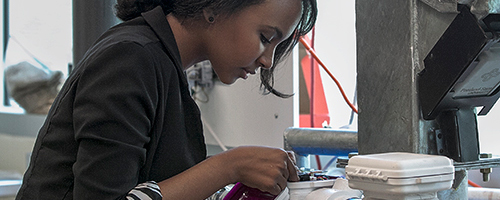Last week the National Oceanic and Atmospheric Administration ruled for the second year in a row that sea lions could be removed from the Columbia River and killed.
Sea lion massacre
Last week the National Oceanic and Atmospheric Administration ruled for the second year in a row that sea lions could be removed from the Columbia River and killed. The sea lions are perceived as a threat to already dwindled salmon populations, which carry out a spring run this time of year. But is this an accurate perspective? Are sea lions truly such a threat?
NOAA authorized that states could kill up to 85 sea lions per year, if they are determined to have been eating salmon. This policy has resulted in 27 sea lions deaths since 2008, 14 of them last year. However, salmon deaths caused by sea lions are estimated by the U.S. Army Corp of Engineers to be between 0.2 and 4.5 percent.
Officials claim that they will commit their best efforts to the half-hearted attempt at trapping and relocating sea lions to zoos, though very few facilities have made a commitment to accept the sea lions in the previous years, and trapping is very difficult. Likely, the animals will be shot and killed if caught eating salmon and not trapped.
Sea lions have hunted salmon along the Columbia River for thousands of years. Claims are made that this is now problematic for the salmon population because the Bonneville Dam creates a bottleneck effect with its fish ladders, created to offset the blocking of salmon migration from the dam.
This bottleneck effect makes the Bonneville Dam a prime hunting site for the sea lion, something that fisherman amongst others have observed, thus making the sea lion a target for competition over salmon.
This is, however, entirely dishonest since before the building of the dam, Celilo Falls, farther along the river, created the same effect, drawing hoards of sea lions to its all-you-can-catch salmon buffet.
Myths and legends aside there are three real controllable culprits to blame when it comes to low salmon populations: Over fishing, the damn dams and ineffective habitat protection and renewal.
It is ironic that while a potential 4.5 percent threat to salmon population by the sea lions is enough to warrant the death penalty, it is completely legally sanctioned and supported that three times that number of salmon, over 10,000, be killed by the commercial fishing industry.
Should we just accept that humans have the right to these salmon, regardless of their status as soon-to-be-endangered species, even though we have countless other food sources? We have the rationality to make that choice, while the sea lions do not.
Historically dams have been responsible for an estimated 70 to 95 percent of the human-induced deaths to downstream migrating salmon, and 40 percent of upstream migrating salmon. This is a result of a multitude of interwoven environmental reasons, including blocking and flooding their habitats, killing fish as they run through turbines, inadequate water pump screens which can suck up and kill tens of thousands of fish and many others.
If we are really serious about saving salmon populations, lets stop punishing the sea lions for just being sea lions. Action needs to be taken to remodel our dams to be salmon safe, a project that will come at little cost to our electric bills (an estimated maximum of $18 a year.) and at great gain to the salmon and other river inhabitants of the Columbia River.
In the meantime we should allow our moral compass to guide us not only in how we react to the sea lion massacre, but also when we decide what goes on our dinner plate. ?



